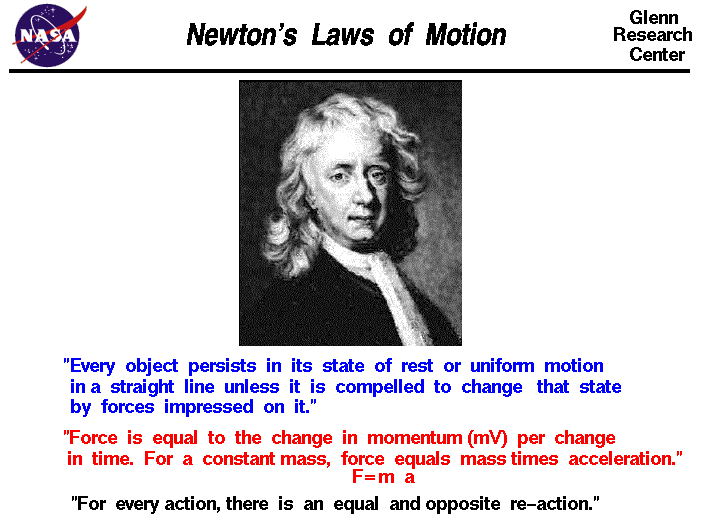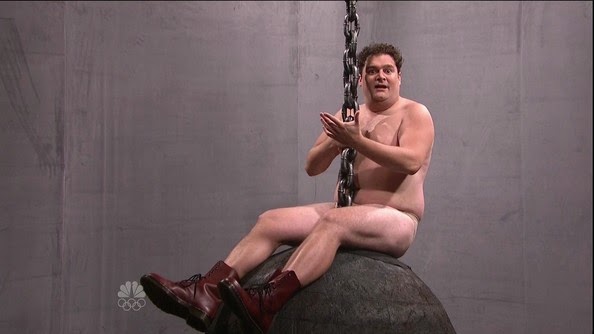
#TBT: The Science of Circles
For today’s #ThrowbackThursday, college biology instructor/equestrian professional Biz Stamm drops some science that explains why it’s so important to keep your foot on the gas when riding circles.
Sometimes after a long night’s sleep, I have trouble getting myself going in the morning and often like to blame it on inertia. This is one of those mornings.
For those of you who may not remember from physics class, inertia is a concept explained by Newton’s first law of motion. Objects at rest tend to stay at rest unless acted upon by an outside force, and objects in motion tend to stay in motion unless acted upon by an outside force. Well after being in bed all night, I’m in need of an outside force to get me going, and today (and everyday) that outside force is a big cup of black coffee.

Inertia is also a useful concept to apply to riding if you remember that the motion aspect of it is directional. So in order to clarify this a little more I’m going to use a visual. Let’s imagine your horse is a wrecking ball hurtling down the long side.
So what does this mean in terms of riding? Well I like to think of the “redirection force” as the combination of inside leg and seat bone that initiate increased bend, as well as the outside aids that hold the desired level of bend and initiate the turn. So the smaller the circle, the more redirection aids are needed. Then in order to keep your speed constant and not lose forward energy, a positive seat (and potentially leg if needed) must be employed.
For all you science nerds out there, I’ve left out the variables of mass and velocity to simplify the concept a bit, but if you knew to think of them in the first place, I’m sure you can figure out how they come into play.









Leave a Comment